3 myths about Nazi technology the internet won’t let die
- By Alex Hollings
Share This Article
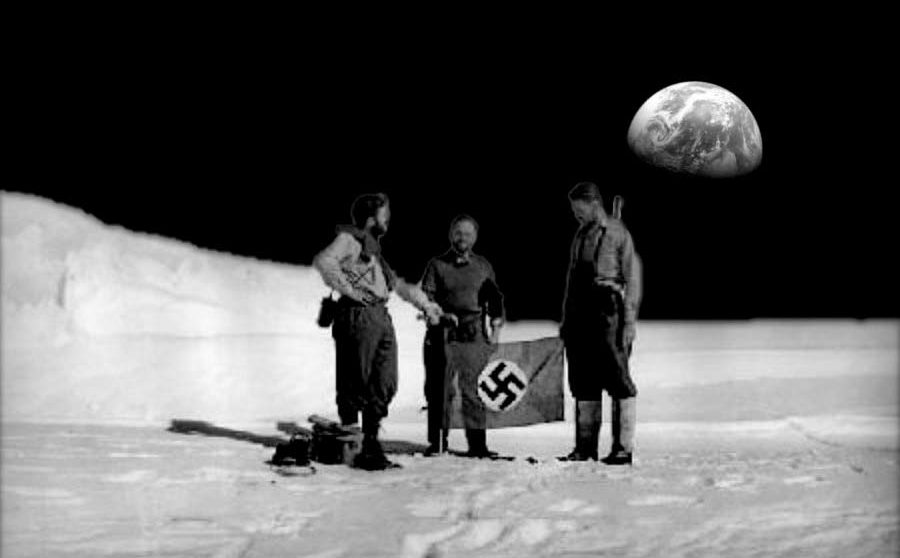
In the 78 years since the fall of the Third Reich, the idea that Nazi technology was somehow decades (or further) ahead of the Allies in a variety of technological fields has spiraled into conspiracy theories about time travel, secret space programs, and more. Truth, however, is rarely as dramatic as the exciting fiction we create in our heads, and Nazi Germany’s technological prowess serves as an excellent reminder of that.
Nazi Germany did have several advanced technology programs either already fielded or still in the works at the end of the war, from the world’s first jet fighter to aspirations of fielding fuel-efficient flying wing bombers. But the popular narrative that Germany was always just on the verge of turning the tides of the conflict with an exotic new invention is more a product of storytelling than historical accuracy.
These myths are exacerbated in the comments beneath articles and videos by two very different groups of people: some who highlight Nazi Germany’s technological might to heighten the heroism of the Allied victors in the face of certain doom… and those who are eager to credit Nazi Germany for any number of inventions, developments, and breakthroughs that have emerged since the final days of the conflict.
With that in mind, here are three common myths about Nazi technology, and the truth behind them.
Die Glocke – The Nazi Bell

One of the most widespread legends about German WWII technology is that of the Nazi Bell or Die Glocke. It was first discussed by Polish journalist Igor Witkowski after he discovered its remnants in Poland’s Wenceslas mine, and subsequently popularized by former Jane’s Defense editor Nick Cook in his book, The Hunt for Zero Point.
Witkowki and Cook posit that the Nazi Bell was a device intended to produce anti-gravity propulsion for a Nazi flying saucer, tying into longstanding stories about Foo Fighters, or UFOs spotted by Allied aircrews during World War II. Others have claimed the Bell was actually a time machine – though no one has been able to explain why the Nazis still managed to lose the war, despite having flying saucers and time machines at their disposal.
To explain this away, Cook even posited at one point that SS Colonel Hans Kammler, the man in charge of many of Germany’s top secret weapon programs at the time, traded the Nazi Bell technology to the U.S. in order to secure his freedom after the war.

But the truth is… none of these claims survive academic scrutiny. In fact, in more recent discussions, Cook himself says he’s now confident that Die Glocke was just a part of Germany’s burgeoning nuclear weapons program.
“It may have had some spinoff applications involved with rotating magnetic fields, and perhaps even some propulsion applications – but I genuinely don’t think that was its primary purpose,” Cook said in an interview published in 2021. “I would agree that it was some form of enrichment device for the SS-run atomic bomb program.”
However, despite even Cook’s dismissal, this legend is still often pushed on websites all over the web as an anti-gravity reality.
Related: Unit 684 – The South Korean suicide squad with the tragic history
‘New Berchetesgaden’ Hitler’s secret base in Antarctica
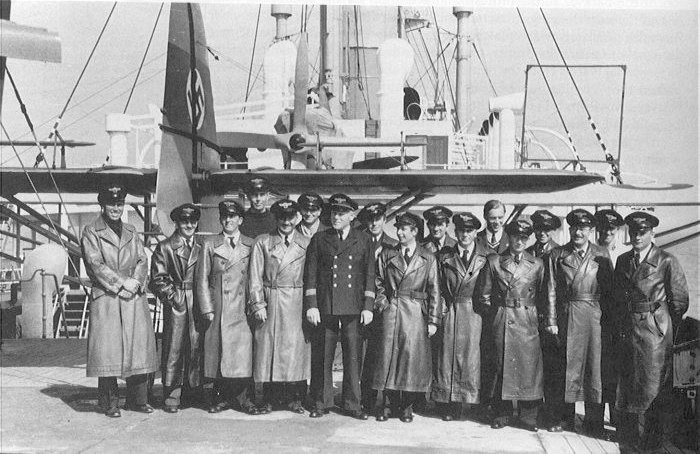
In the early months of 1939, a secret German expedition to Antarctica made landfall with a catapult ship converted into an icebreaker, dubbed the MS Schwabenland. The catapult ship carried two Dornier flying boats, as well as a team of 82 men made up of scientists and various military personnel. The plan was to scout out territory and stake a claim for Nazi Germany in the continent, but by February 2, the ships were already en route back to Germany. This operation, as secretive as it was brief, would become the basis for claims of secret Nazi bases in Antarctica for decades to come.
Those claims are often “substantiated” by the story of two German U-boats that arrived in Argentina months after the conclusion of World War II. On July 10, 1945, U-boat U-530 arrived at the Argentine naval base at Mar del Plata near Buenos Aires, spurring rumors that Hitler and his wife, Eva Braun, had secretly been smuggled to Antarctica. Those rumors prompted an exiled Hungarian living in Argentina named Ladislas Szabo to write a detailed (and fictional) account of Hitler’s escape for a local newspaper. The story caught like wildfire, spreading to less-reputable outlets all around the world.
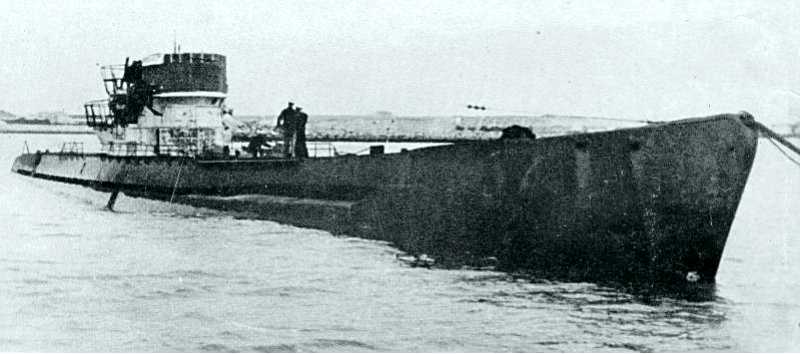
A few months later, on August 17, another U-boat, the U-977, arrived in the same Argentine port and surrendered, re-igniting interest in the tale. By 1947, Szabo saw the opportunity to profit from his story and wrote a book (that’s still available). The story he concocted tells of the establishment of a secret base called New Berchetesgaden. Despite the commanders of both U-boats dismissing Szabo’s claims, the story continued to gain speed.
Before long, real stories about British military operations in Antarctica were being claimed as cover-ups for efforts to root out the Nazi fortification. And in a bit of lucky timing for Szabo, the same year his book was published, the United States sent the largest military expedition in history to Antarctica under the name Operation High Jump. The real reason for the mission was training in Cold Weather operations in preparation for a potential fight with the Soviets, but conspiracy theorists quickly latched on to the 4,700 men, 13 ships, and 33 aircraft that the U.S. had sent as proof the Americans were waging a secret war with Nazis on the frozen tundra.
Of course, since World War II, thousands of scientists have visited the areas of Antarctica that are supposedly under Nazi control without incident, but that hasn’t stopped many from claiming advanced Nazi technology has managed to keep the secret Nazi base hidden all this time.
Related: Why the military has an office dedicated to tracking the world’s biggest blocks of ice
Nazi moon bases?

Theories about advanced Nazi technology have even stretched all the way to the moon. As Fraser MacDonald, author of Escape from Earth: A Secret History of the Space Rocket, explains, the story goes that Nazi Germany, with the help of scientist Wernher von Braun, actually sent a manned rocket to the moon in 1942, but their success remained a closely guarded secret ever since. This legend offers no real evidence, of course, but as MacDonald points out, its believers are emboldened by the presence of real Nazis in later lunar endeavors.
“But the Nazi moon theory is unnerving in another sense,” MacDonald wrote for George Washington University. “It’s a distortion of an historical reality that is itself profoundly uncomfortable: Nazi technology and personnel were indeed central to the moon landing.”
Tales of Nazi moon landings, and even secret lunar bases, resurface every few years. Most recently, Bulgarian researcher Vladimir Terziski claimed to have direct evidence of Nazis using “rocket saucers” to reach the moon and begin digging tunnel systems beneath its surface. The story drew headlines from non-reputable outlets like the Daily Star, but shockingly, that evidence never actually manifested.
Editor’s Note: This article was originally published in February 2023.
Read more from Sandboxx News
Related Posts
Sandboxx News Merch
-

‘AirPower’ Classic Hoodie
$46.00 – $48.00 Select options This product has multiple variants. The options may be chosen on the product page -

‘Sandboxx News’ Trucker Cap
$27.00 Select options This product has multiple variants. The options may be chosen on the product page -

F-35 ‘Lightning’ Framed Poster
$45.00 – $111.00 Select options This product has multiple variants. The options may be chosen on the product page

Alex Hollings
Alex Hollings is a writer, dad, and Marine veteran.
Related to: Pop Culture
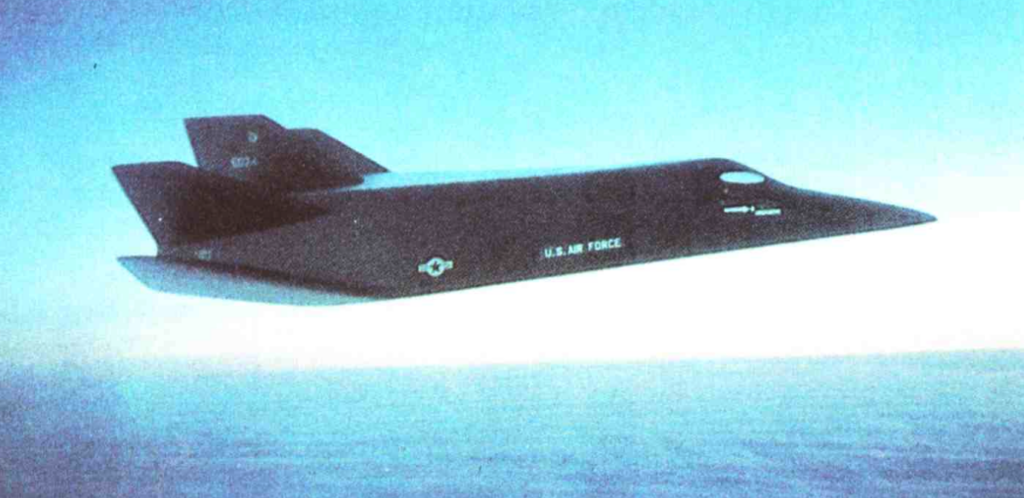
Game-changing military aircraft that were canceled before they could change the game

The US Air Force could sink Iran’s new drone carrier with a single shot

Quicksink kits could make it much cheaper to take out enemy ships
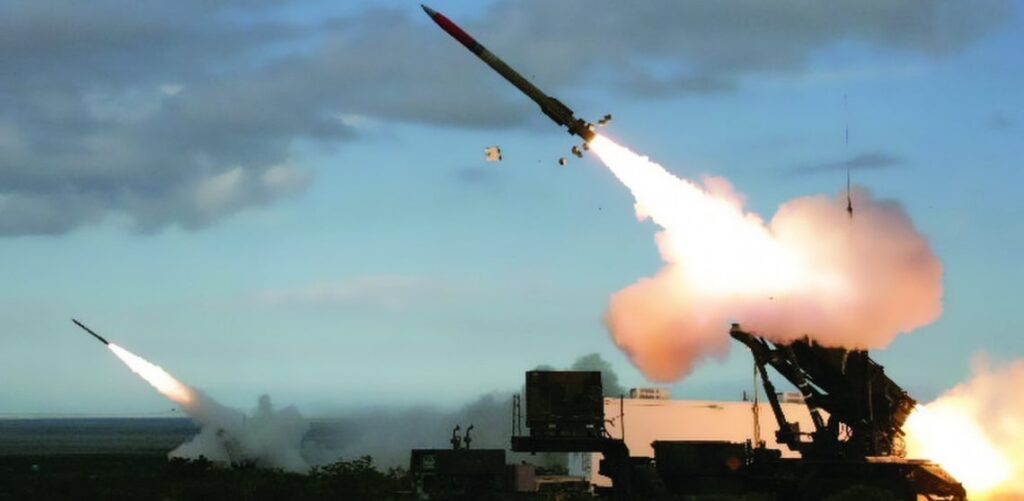
The ultimate guide to the Patriot air defense system
Sandboxx News
-

‘Sandboxx News’ Trucker Cap
$27.00 Select options This product has multiple variants. The options may be chosen on the product page -

‘AirPower’ Classic Hoodie
$46.00 – $48.00 Select options This product has multiple variants. The options may be chosen on the product page -

‘AirPower’ Golf Rope Hat
$31.00 Select options This product has multiple variants. The options may be chosen on the product page -

‘Sandboxx News’ Dad Hat
$27.00 Select options This product has multiple variants. The options may be chosen on the product page
